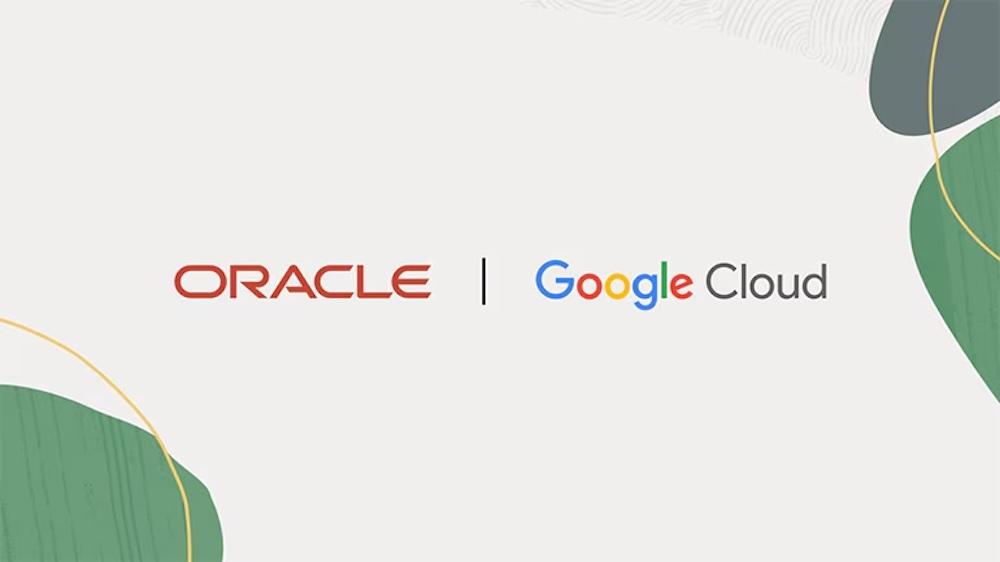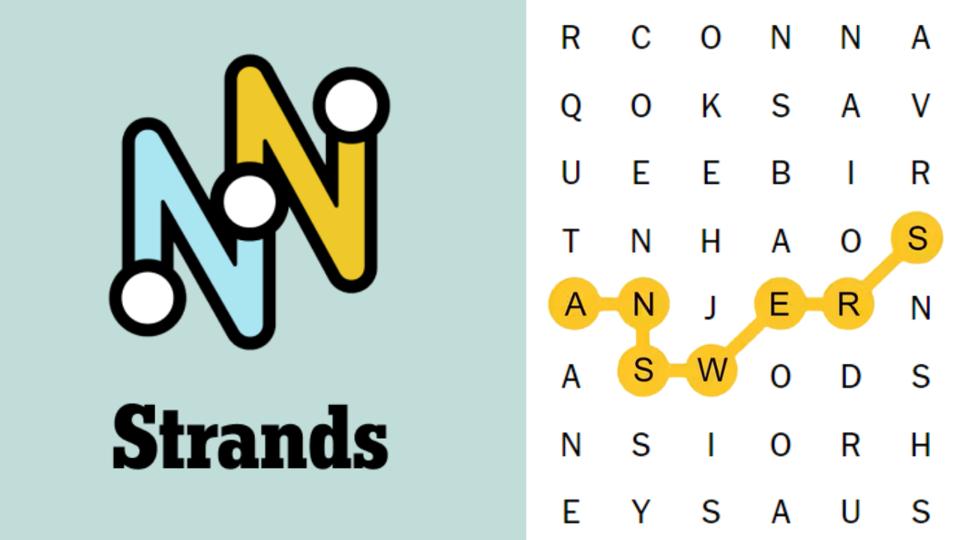Google’s Gemini model landing on Oracle Cloud marks a shift for enterprise AI adoption, bringing high-profile artificial intelligence out of Google’s exclusive orbit and into broader business environments. The integration, built around direct access to Gemini models via Oracle Cloud Infrastructure, sets the stage for new deployment patterns and raises questions about multicloud strategy, technical complexity and business value for technology decision makers.
Oracle is now providing its cloud customers with the ability to consume Gemini models natively, not just as an external API but as part of the Oracle Cloud Infrastructure Generative AI suite. This move allows enterprise users to leverage Google’s large language and multimodal AI directly inside data-rich business workflows, bypassing historical barriers to cross-cloud AI adoption. With the Gemini 2.5 model as a starting point and explicit plans to onboard models for image, video, audio and even industry-targeted solutions like MedLM, Oracle positions itself as an enabler for a broader spectrum of advanced AI capabilities.
Bringing Gemini to the OCI: What Changes
The partnership enables technical teams to embed Gemini’s text generation, multimodal analysis and coding support directly into Oracle-powered applications, without moving workloads or data off of Oracle infrastructure. Oracle’s approach emphasizes BYO-credits, where customers can use Oracle Universal Credits to pay for Google AI, which streamlines procurement and reduces operational friction for large organizations.
On the technical side, enterprises can now build AI agents that handle business process automation, data enrichment and workflow integration based on Gemini’s advanced language and multimodal reasoning. For example, financial data processed inside Oracle databases can be queried and augmented through chat interfaces powered by Gemini, facilitating rapid insights for finance teams.
This cross-cloud integration also means Gemini-augmented features will be embedded into future Oracle Fusion Cloud Applications, such as HR, finance and supply chain solutions. This allows enterprise users to access more advanced AI, automating complex queries and connecting multimodal insights, like combining transaction history with document analysis for compliance, while using familiar business software.
Market Dynamics and the Multicloud AI Puzzle
The Gemini-Oracle partnership represents a divergence from the strategies of other hyperscale cloud vendors, which have pursued exclusive or in-house AI model partnerships. While Microsoft has focused on OpenAI and AWS on Anthropic, Oracle is executing a multi-vendor strategy, having already partnered with xAI and now adding Gemini to a roster that includes Cohere and Meta’s Llama family. For Oracle’s customers, this diversity allows for sophisticated benchmarking and flexible model selection without wholesale cloud migration.
For Google, the collaboration represents an expansion opportunity. Gemini’s availability on Oracle Cloud opens doors to enterprise accounts, especially in sectors that regard Oracle as indispensable for business-critical applications and regulated datasets. This could increase Gemini’s usage not just for generic chatbots but for specialized business tasks that thrive on being close to sensitive, proprietary data.
Still, this multi-cloud approach does not eliminate complexity. While the Gemini models themselves run on Google’s infrastructure and get routed through Oracle’s secure gateways, questions remain about latency, integration depth and support for features like Vertex AI’s “grounded responses,” which depend on up-to-date Google Search data. Additionally, customers need to ensure compliance with privacy, data residency and sector-specific regulations, as models process potentially sensitive enterprise data across different cloud domains.
Practical Use Cases and Underlying Limitations
Several use cases become more actionable under the new integration. Examples include:
- Embedding AI-powered document understanding directly into supply chain management workflows
- Leveraging Gemini’s large context windows for software development assistance within Oracle’s DevOps environments
- Enhancing chat-driven financial reporting or transaction audits, where the answers generated draw on real business data and AI summarization in tandem
However, the approach does not come without its boundaries. Model performance, especially in multimodal or industry-specific scenarios, depends on continued investment and the cadence of updates from Google. Customers should calibrate expectations for accuracy, output control and explainability, which are evolving but not guaranteed for all use cases. Cost transparency may also challenge enterprise buyers, as billing structures tie usage of external models to Oracle’s credit system, which can obscure direct comparison with consuming AI models on vendor-native platforms.
Security, frequently cited as a differentiator for Oracle, is bolstered by strong encryption and access controls. However, ultimate data custody may still raise questions for organizations in highly regulated sectors or those with strict internal data governance policies.
Playing for Business Value in a Competitive Landscape
With Gemini now accessible through Oracle Cloud, businesses gain a new degree of flexibility in their AI deployment strategies. Integrating advanced multimodal models that support text, image, audio and code into enterprise data can accelerate AI prototyping and reduce time-to-value for automation initiatives. For decision makers, the deal unlocks a use-it-where-you-are path for advanced AI, rather than mandating wholesale system or vendor migrations.
But the expanded choice comes with a need for careful architecture planning and risk mitigation. Understanding operational boundaries, integration costs and ongoing vendor collaboration will be critical as organizations evaluate Gemini in enterprise environments. For CXOs and technology strategists, the central question becomes not only which model leads on benchmarks, but which partnership reduces lock-in, supports compliance and delivers real savings on integration complexity.
The move by Google and Oracle signals a future in which AI is no longer locked to a single provider’s platform. Capabilities like Gemini are positioned to become interoperable building blocks if integration, governance and transparency challenges are addressed. For enterprises that emphasize control, flexibility and immediate business relevance, the Gemini-Oracle partnership serves as a milestone within a rapidly fragmenting yet potentially more responsive AI ecosystem.









